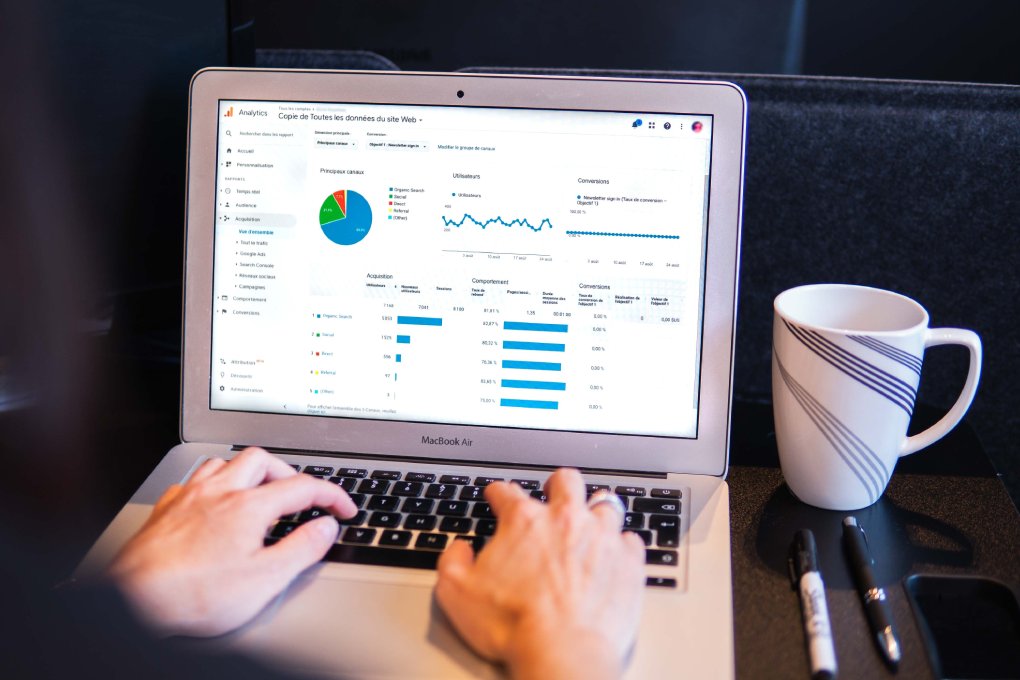Web Analytics For Online Stores

When we want to measure the profitability of our website, in all cases, we have some metrics that help us to know it directly and with others that, while still not determining the profitability of the portal as such, do give us other very relevant information that influences in it (such as the good or bad usability and navigability of the website, the interest it arouses in users, etc.) and allow us to better define our ecommerce marketing strategies.
The most important metrics that we must take into account when our business is carried out through an online store and that can be extracted from different web analytics tools for online stores (including the best known by all: Google Analytics) are:
Table of Contents
Daily Or Monthly Visits/Sessions
Number of times that users enter our e-commerce and interact with its content. This figure can be analyzed within different periods.
Suppose our online store accumulates the following data throughout June 2023. In this case, we would have obtained 457 visits to our e-commerce from 363 different people (users).
Bounce Rate
It occurs when the user visits a website and leaves it without interacting with it. Therefore, it is measured as the percentage of visits the user leaves the website entry page without interacting. Therefore, theory tells us that the lower this percentage, the more interesting our website will be for users.
Continuing with the previous example, the bounce rate, in this case, would be 8.32%. It would be important to control it over time and observe its evolution along with the rest of the metrics.
Repeat Visitors
Percentage of visits from users who have previously visited our online store.
For Example, you can compare and study the behavior of new users on our website (in the previous example, 76.69% of visits) to the behavior of recurring users (the remaining 23.41%).
Time On Site
This metric measures the time spent by users on our website.
According to our Example, users spend an average of 2 minutes on our website.
Page Views
Counts the average number of pages or subpages of our website viewed on each user visit. You can give us a sample of how much users browse our website, how easily users find what they want, etc.
According to the image of our Example, this figure is 1.37, which indicates that most users only visit one page of our website.
Origin Of Visits
It is important to know through which sources and means our visits come.
The source refers to where users reach the web (search engines like Google, social networks like Facebook, other websites, etc.), and the means refer to how they do it (organic positioning free, paid searches, email, etc.).
Analysing the following image shows that most visits come from the “Google” source and through “CPC” paid searches.
E-commerce Conversion Rate
Our online store has generated several total sales compared to total visits in a given period.
For Example, our percentage is 1.18%, which indicates that for every 100 visits, there have been 1.18 sales.
Average Basket Or Average Order Value
It indicates the average monetary amount that we obtain for each sale.
In the previous image, the average value of our order is €66.83.
The Importance Of Conversion Funnels
The conversion funnels deserve a special mention. These funnels are used to divide the purchase process into different phases to study how users interact with the different steps of the purchase process of any product on our website.
Finally, we must take into account that all these figures must be put in context, be clear about the objectives to be achieved and interpret them based on both internal and external aspects of our business: the evolution over time of all these figures, our competition, the characteristics of our target audience, etc.
Also Read: Online Marketing Strategy For Online Stores




